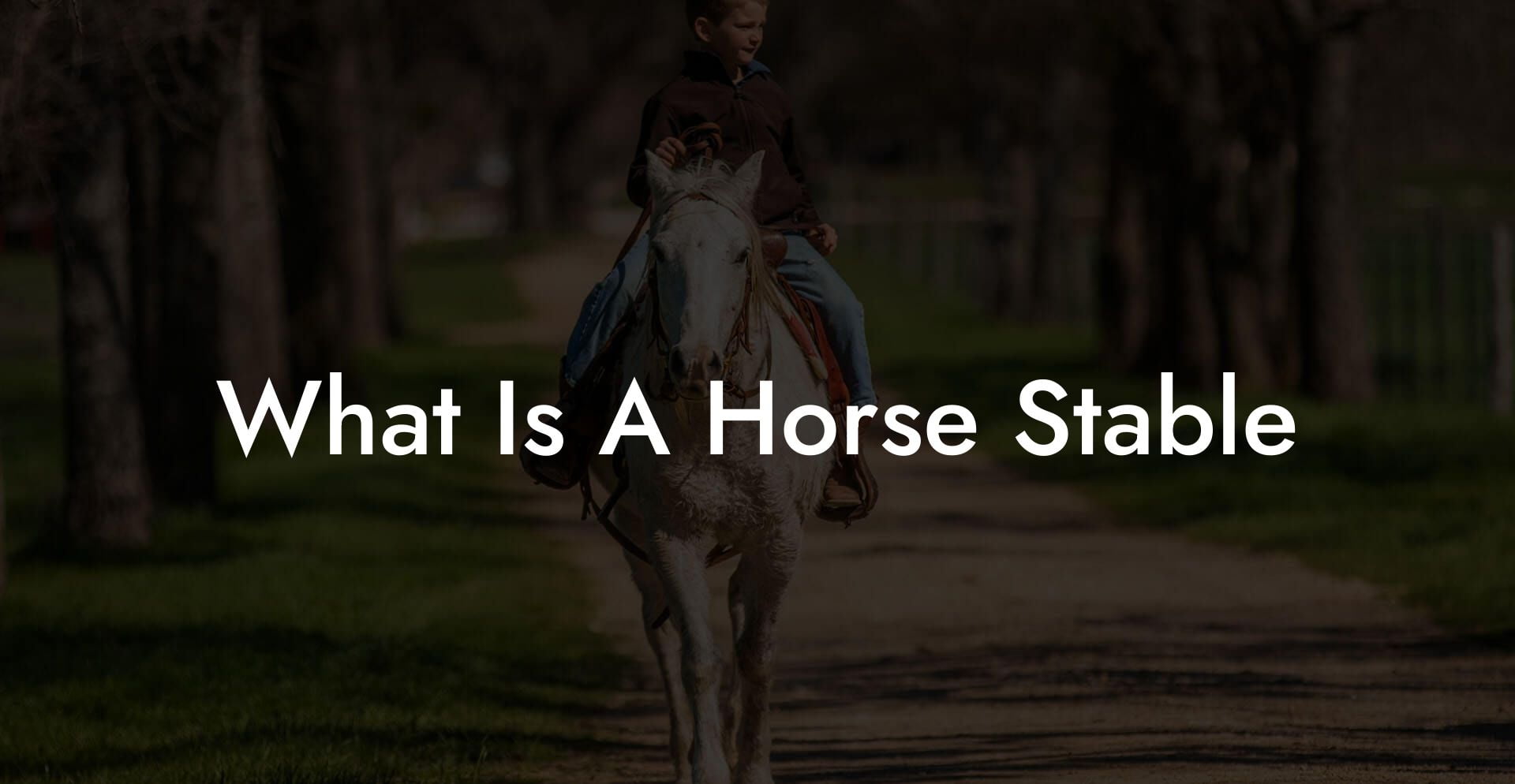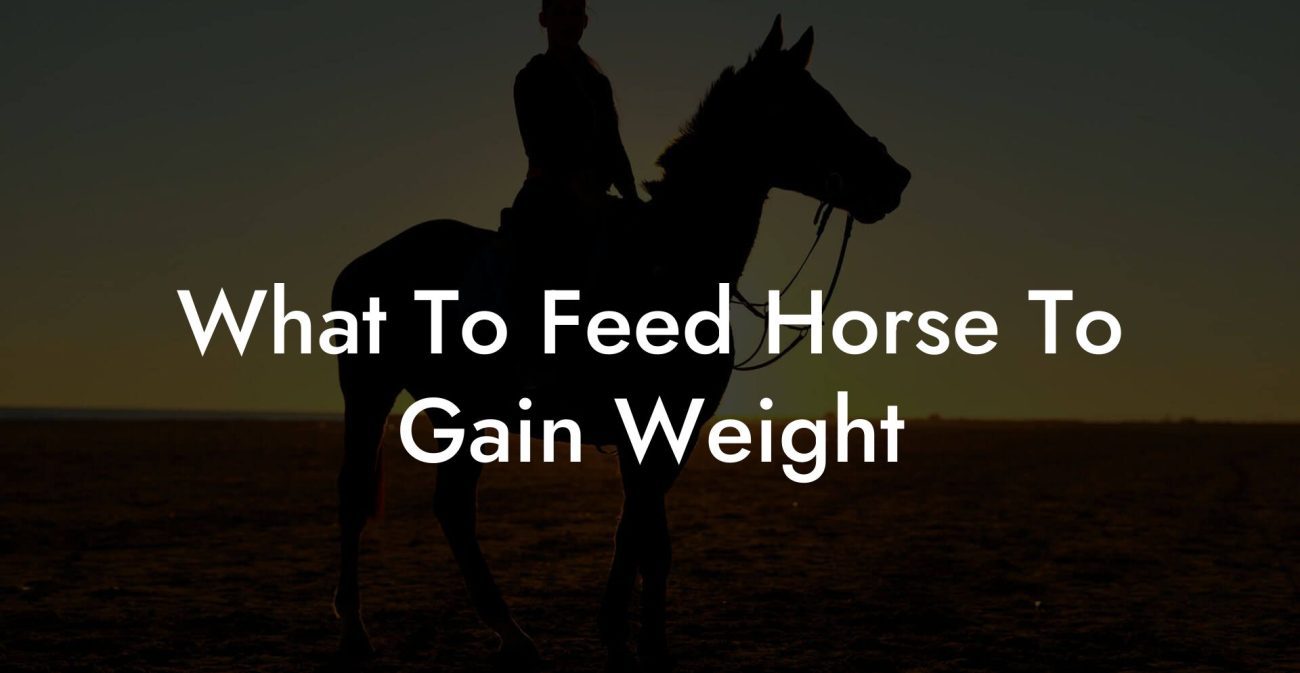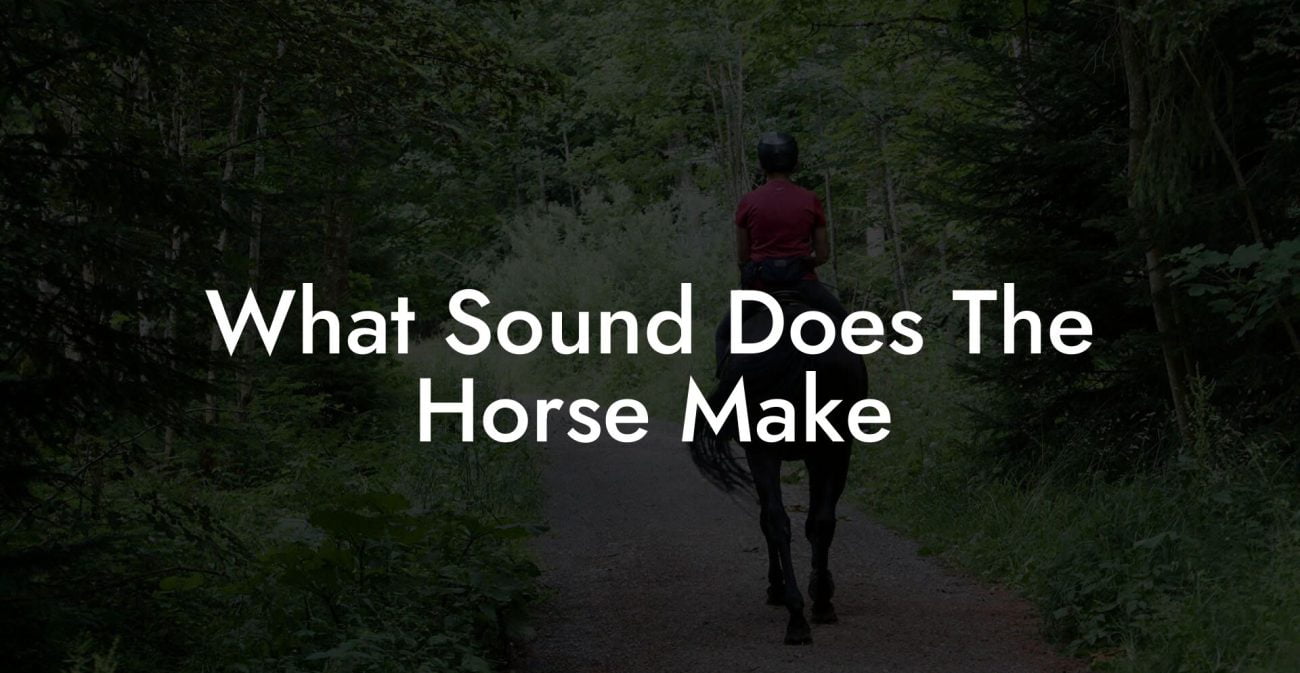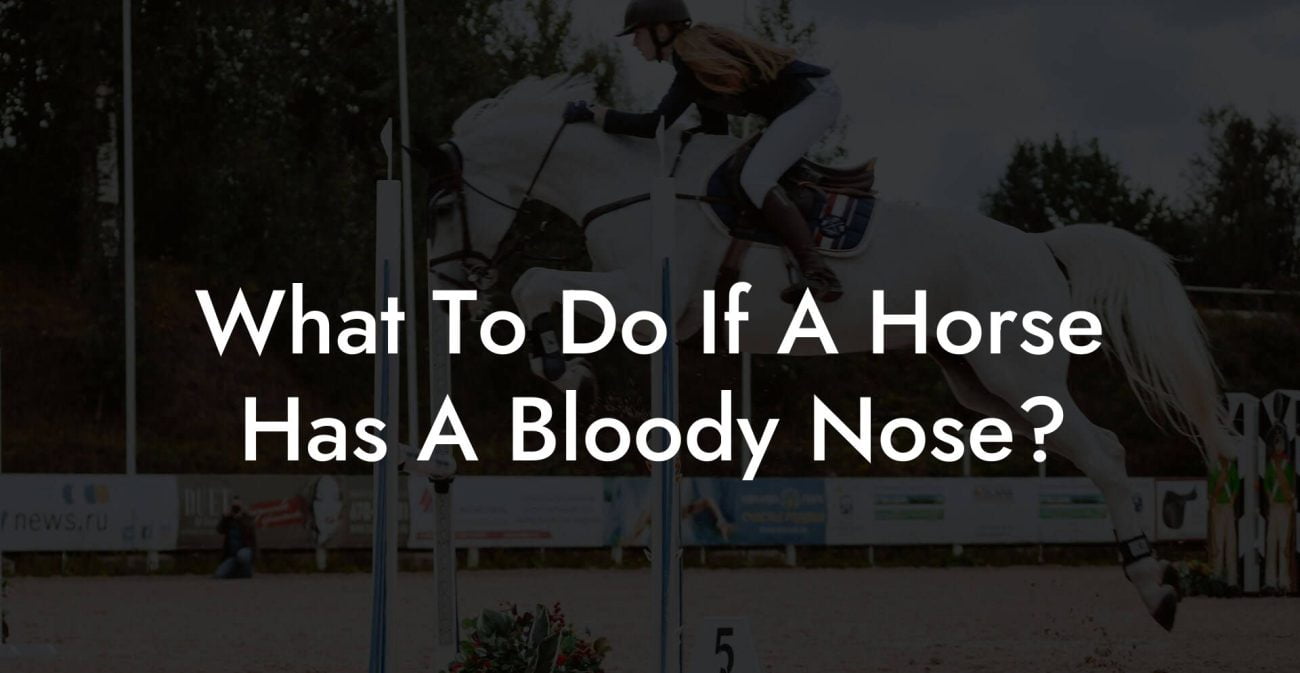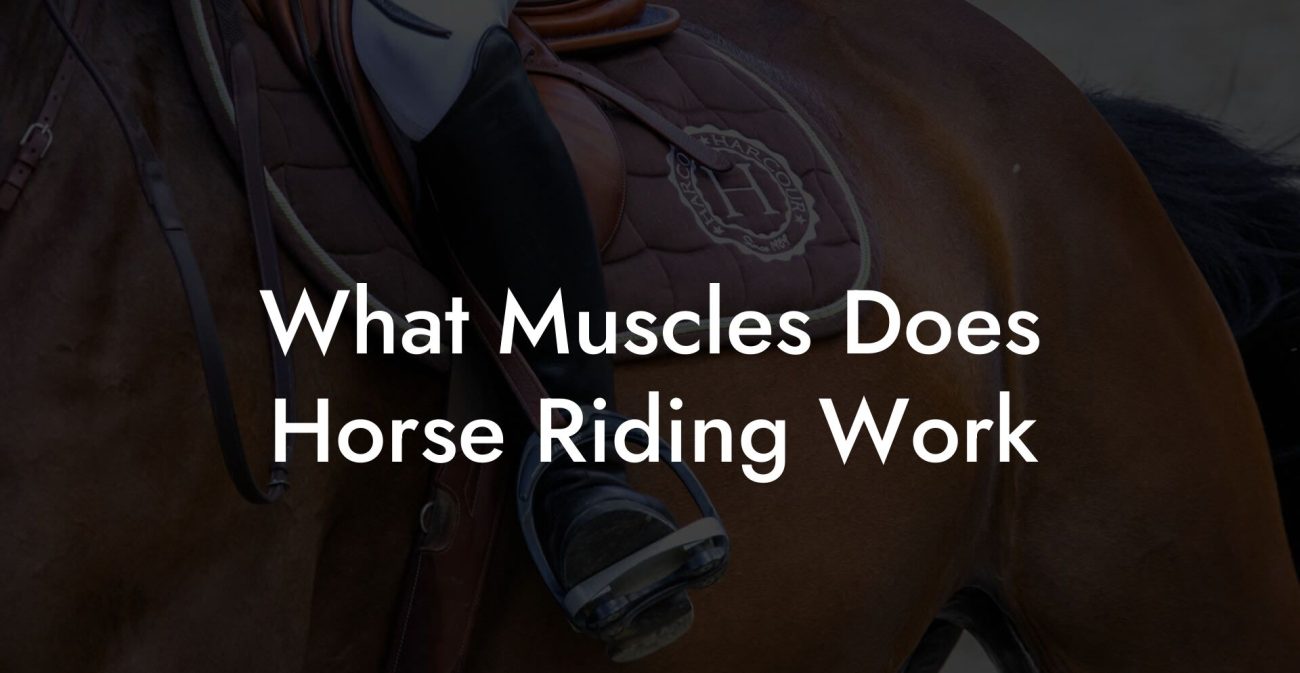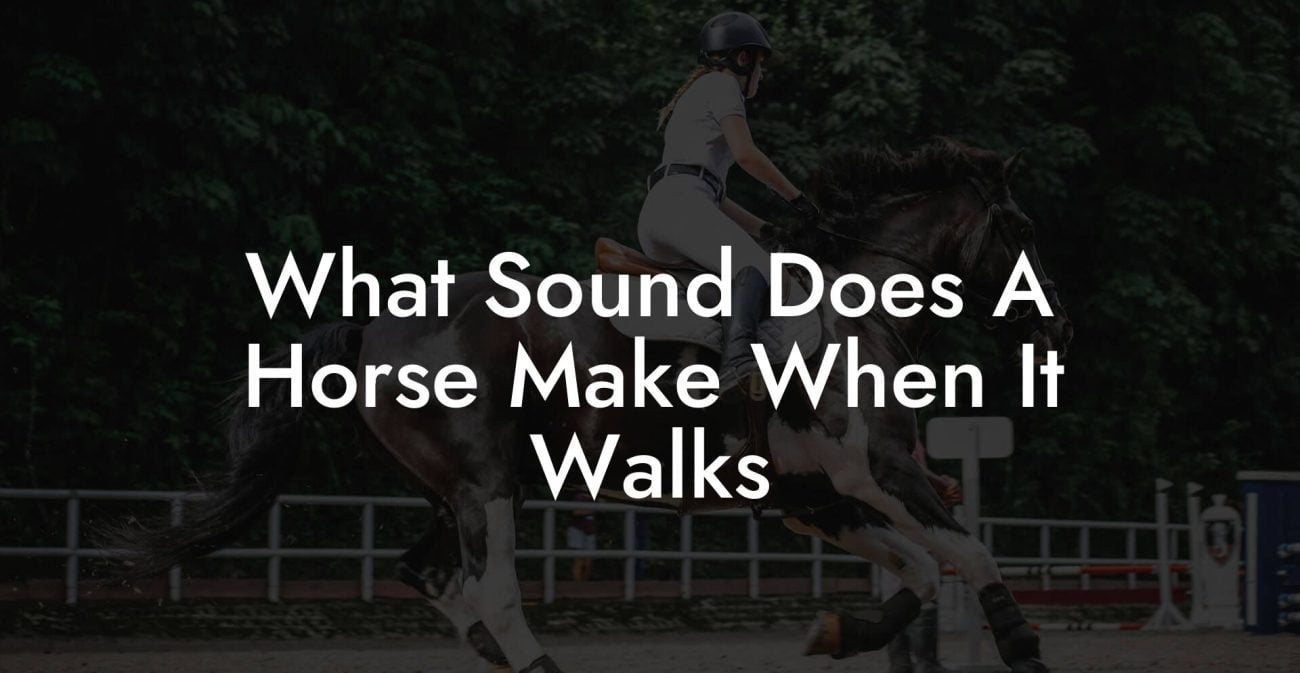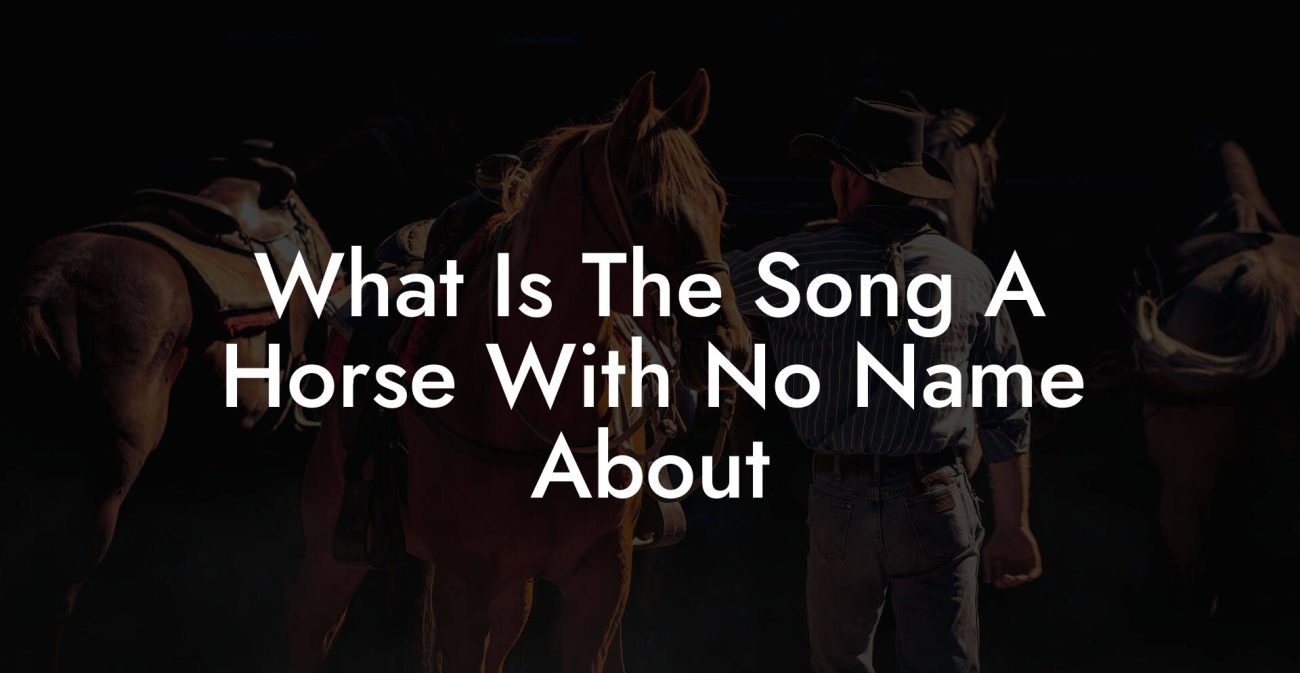Ever wondered what the secret behind that majestic sanctuary for your four-legged friend is? Picture a place where rustic charm meets modern innovation, a safe haven where horses can kick up their hooves, recharge, and be cared for like the VIPs they truly are. This isn’t your average barn; it’s a hub of equine excellence, a horse stable that’s as much about style and sustainability as it is about shelter and security.
Quick Links to Useful Sections
- What Exactly Is a Horse Stable?
- A Brief Gallop Through History: The Evolution of Horse Stables
- Design and Features of a Modern Horse Stable
- Essential Components of a Safe and Functional Horse Stable
- Daily and Seasonal Maintenance: Keeping Your Horse Stable in Top Shape
- Daily Tasks
- Seasonal Tasks
- Innovative Technologies Revolutionizing Stable Management
- Sustainable and Eco-Friendly Practices in Stable Design
- How a Horse Stable Influences the Care and Well-Being of Your Equine Companion
- Tips and Tricks for the Modern, Social Media-Savvy Horse Owner
- Resources and Community Support: Your Next Steps
- Frequently Asked Questions About Horse Stables
- Your Path Forward: Embracing the Modern Horse Stable Lifestyle
What Exactly Is a Horse Stable?
A horse stable is more than just a roof over your pony’s head, it’s a well-designed facility tailored to meet the physical and emotional needs of horses. Whether your equine companion is a spirited racehorse, a laid-back trail buddy, or a show jumper ready to dazzle the crowd, the stable environment plays a pivotal role in overall health and well-being.
Modern horse stables combine practicality with design nuances that ensure excellent ventilation, easy-to-clean surfaces, and enough space for horses to stretch out and relax. They feature stalls that provide individual living quarters, stable corridors designed for smooth traffic, and supportive areas for grooming and feeding. In short, a horse stable is an ecosystem where every inch is optimized for safety, comfort, and the joy of all things equine.
For the ever-curious Gen-Z and vibrant millennials, think of a horse stable as the hip café of the equestrian world, each stall is an Instagrammable nook where performance meets personality, and every detail is curated for the ultimate horse care experience.
A Brief Gallop Through History: The Evolution of Horse Stables
Horse stables have evolved from simple, thatch-roofed shelters in ancient times to the state-of-the-art facilities we see today. Historically, stables were humble structures built with locally sourced materials, often serving as temporary shelters for working horses and riders. As equestrian culture grew, so did the sophistication of these built environments.
In medieval Europe, stables were essential for chivalry and the mobility of knights, while in North America, the pioneer spirit led to the development of log barns and wooden stables that doubled as community centers. Today, stables are revered as architectural feats that blend tradition with technology. Modern designs incorporate sustainable materials, smart climate control, and ergonomic layouts that mirror the natural behaviors of horses.
Whether you’re a history buff or a lover of rustic chic, understanding the evolution of horse stables links us to the past while inspiring the future of equine care.
Design and Features of a Modern Horse Stable
Step into the world of modern horse stables, where every design element is built with your horse’s comfort, and your peace of mind, in mind. No longer are stables merely utilitarian structures; today’s facilities are crafted with cutting-edge technology, eco-friendly materials, and aesthetic appeal that even the most style-conscious equestrian would envy.
Stall Layout and Space: Each horse has its own personal nook, a stall that offers enough room to move around comfortably without feeling cramped. The stalls also provide a sense of security, reducing stress and promoting better rest. Innovative dividers and movable partitions allow for flexible space configurations, ensuring that the stable can adapt to changing needs.
Ventilation and Lighting: Proper air circulation is crucial for preventing respiratory issues and maintaining a fresh environment. Modern stables feature strategically placed windows, skylights, and fans that create a breezy ambiance while protecting horses from harsh weather. Energy-efficient LED lighting not only reduces utility bills but also creates a welcoming atmosphere day and night.
Flooring and Bedding: Safety is paramount, so many stables invest in non-slip flooring materials and deep bedding that cushions every step. Rubberized or concrete floors with grooved patterns help prevent falls, while ample bedding, straw, shavings, or even innovative eco-friendly alternatives, cushions joints and absorbs moisture, creating a hygienic environment.
Additional Amenities: Beyond the basics, modern stables often include tack rooms, wash bays, and even lounging areas where you and your horse can kick back after a long day. Some stables even incorporate smart devices like temperature sensors and automated feeding systems, blending comfort with technology.
Essential Components of a Safe and Functional Horse Stable
Designing a horse stable that ticks all the boxes requires more than just aesthetic appeal, it needs to be thoroughly functional and safe. Here are the core components that transform a building into an equine sanctuary:
- Sturdy Construction: A reliable structure built to withstand weather extremes. Think robust roofs, reinforced walls, and secure doors that keep the elements at bay while ensuring your horse's safety.
- Proper Ventilation: A well-ventilated stable minimizes dust, molds, and moisture. Incorporating windows that can be opened and fans that expel stale air is essential for maintaining a healthy atmosphere.
- Optimal Stall Size: Horses are not meant to be confined like sardines. A large enough stall promotes movement and reduces stress, boosting overall health.
- Safe Flooring: Slip-resistant, easy-to-clean surfaces that reduce injury risks. Consider rubber mats or textured concrete to provide traction and comfort.
- Quality Bedding: Adequate bedding helps regulate temperature and provides insulation. High-quality, absorbent materials contribute to a dust-free, comfy environment.
- Efficient Waste Management: Regular cleaning routines and composting systems keep stables free of ammonia and bacteria, promoting a wholesome living space for your horse.
These components work in harmony to ensure that every horse stable is not just a shelter, but a true home away from home for your animal companion.
Daily and Seasonal Maintenance: Keeping Your Horse Stable in Top Shape
Maintaining a horse stable is an ongoing, hands-on process that ensures your equine friend lives in clean, safe, and comfortable surroundings. Whether you’re a seasoned stable manager or a DIY enthusiast just starting out, these maintenance tips are sure to help.
Daily Tasks
Clean Up and Bedding Replacement: Horses are notorious for their messy habits. Daily removal of soiled bedding not only keeps odors in check but significantly reduces the risk of bacterial infections. Scoop out droppings and damp bedding to maintain a dry and hygienic environment.
Ventilation Check: Ensure that windows, fans, and vents are functioning properly. A quick daily inspection can spot issues before they escalate into respiratory hazards.
Feeding and Watering: Make sure daily routines are followed. Fresh water should always be available, and feeding zones kept clean to prevent food spoilage or pests.
Visual Health Inspections: Take a moment each day to check each horse’s physical condition. Early detection of issues such as skin irritations or unusual behavior can save a lot of trouble down the line.
Seasonal Tasks
Deep Cleaning: At least once a season, remove all bedding and give the entire stable a thorough cleaning. Wash surfaces, disinfect stalls, and allow the structure to air out. This comprehensive cleaning regimen cancels out any lingering bacteria or allergens.
Repairs and Upgrades: Seasonal changes often expose structural vulnerabilities. Repair any loose boards, malfunctioning lighting, or damaged ventilation systems. Consider upgrades such as improved insulation or energy-efficient fixtures that can enhance both welfare and efficiency.
Review of Environmental Controls: Test your heating or cooling systems at the start of each season. Adjusting these systems ensures that your horse remains comfortable regardless of the weather conditions.
Proper maintenance not only prolongs the life of your stable but also plays a crucial role in sustaining the overall health and performance of the horses living within it.
Innovative Technologies Revolutionizing Stable Management
Let’s face it, technology has revolutionized every aspect of our lives, and the equine world is no exception. Smart stables, equipped with cutting-edge technology, are making horse care as effortless as swiping right on your favorite dating app.
Automated Feeding Systems: Gone are the days when feeding schedules were a guessing game. Automated feeders ensure that every horse gets the right amount of nutrition at precisely the right moment. These systems can be programmed to distribute balanced diets, track consumption, and even alert you when supplies run low.
Climate Control and Monitoring: Smart stables come integrated with sensors that constantly monitor temperature, humidity, and ammonia levels. These devices work around the clock to adjust ventilation, heating, or cooling automatically, ensuring an optimal environment without you having to lift a finger.
Security and Surveillance: Modern stables often feature security cameras and alarm systems to safeguard against theft or unauthorized access. With remote access via smartphones, you can keep an eye on your horses no matter where you are.
Data-Driven Management: Apps and software designed for stable management are a game changer. They allow owners to log daily routines, track health metrics for each horse, and even schedule maintenance tasks. For the tech-savvy equestrian, these innovations blend convenience with advanced animal care.
Incorporating these high-tech elements not only streamlines daily routines but also helps you make smarter decisions about the overall welfare and management of your stable.
Sustainable and Eco-Friendly Practices in Stable Design
In a world where sustainability isn’t just a buzzword, eco-friendly practices have found their way into modern horse stable design. A sustainable stable not only benefits the environment but also creates a healthier habitat for your equine pals.
Green Building Materials: Many modern stables are built using recycled, reclaimed, or locally sourced materials. From eco-friendly insulation to sustainable wood products, these choices reduce the environmental footprint while preserving traditional aesthetics.
Energy-Efficient Solutions: Solar panels, LED lighting, and smart thermostats are increasingly common in contemporary stable designs. These energy-saving solutions lower utility bills and keep your stable cool (or warm) without excess resource consumption.
Water Conservation: Rainwater harvesting systems and water-efficient fixtures can significantly reduce water usage. In regions with limited water resources, these practices are not just eco-friendly, they’re essential.
Waste Management: Transform waste into resource by composting manure and reusing organic material as fertilizer for nearby pastures or gardens. This closed-loop system benefits both your stable and the environment.
Embracing sustainability in stable management isn’t just good for the planet, it also creates a healthier, cleaner environment that benefits your horse and even your peace of mind.
How a Horse Stable Influences the Care and Well-Being of Your Equine Companion
Every horse is unique, and a well-designed stable can make a world of difference in their overall care. A properly managed stable is the foundation of good horse care, offering a sanctuary that alleviates stress and promotes physical health.
Physical Benefits: A clean, well-maintained stable minimizes the risk of respiratory infections, skin irritations, and joint issues. The right mix of space, ventilation, and bedding encourages natural movement and rest, which are crucial for muscle and joint recovery.
Mental and Emotional Well-Being: Horses are social animals that thrive on consistency and familiarity. A stable that is regularly maintained and thoughtfully arranged cultivates a stable mind and happy heart. The soothing environment reduces anxiety and creates a calming space where horses feel secure.
Feeding and Nutrition: With dedicated areas for feeding and watering housed within a structured stable, you can ensure that your horse’s nutritional needs are met with precision. Automated feeding systems and regular cleaning routines help maintain a hygienic setup that prevents digestive problems.
Paying attention to stable design doesn’t just boost your horse’s mood, it fosters an overall healthier, more vibrant lifestyle that supports peak performance on the track, in the arena, or out on leisurely trail rides.
Tips and Tricks for the Modern, Social Media-Savvy Horse Owner
If you’re a Gen-Z or a millennial stepping into the world of horse care, you know that style, convenience, and community go hand in hand. Here are some savvy tips to help you manage a horse stable that’s as trendy as it is functional:
- DIY Decor: Personalize your stable space with fun, DIY projects, think custom stall banners, painted murals, or even a trendy “barn wall” display featuring photos of your horse’s best moments.
- Tech Integration: Embrace apps for stable management. From automated feeding schedules to digital health logs, these tools let you stay connected to your equine buddy even when you’re on the go.
- Social Media Sharing: Document your journey on platforms like Instagram or TikTok. Share behind-the-scenes glimpses of stable life, maintenance hacks, or your horse’s daily antics. The equestrian community online is all about celebrating these moments with style!
- Join the Community: Look for local horse clubs, online groups, or meet-ups dedicated to equine care. Networking with fellow horse owners can offer support, inspiration, and plenty of fun collaborations.
- Eco-Friendly Hacks: Experiment with sustainable practices in your stable management, like using reclaimed materials or setting up a rainwater collection system. Not only will you be kind to the planet, but you’ll also be setting trends in eco-conscious equine care.
With these tips in your saddlebag of tricks, you'll be riding high as you merge technology, sustainability, and modern design into a stable that truly speaks to the pulse of contemporary horse care.
Resources and Community Support: Your Next Steps
Embarking on the journey to build or upgrade a horse stable can seem overwhelming at first, but remember, you’re not galloping into it alone. A wealth of resources and vibrant communities stand ready to back you up.
Online Forums and Social Media Groups: Platforms like Facebook, Reddit, and dedicated equestrian forums are treasure troves of advice on stable management, maintenance hacks, and design inspiration. The community is brimming with enthusiasts who love discussing everything from stall layout optimizations to the latest in high-tech stable monitoring systems.
Local Equine Associations: Your local horse clubs or equestrian associations often host workshops, seminars, and meet-ups that cover the nuts and bolts of stable care. These events are ideal for connecting with seasoned professionals and learning the latest trends in horse stable management.
Professional Consultations: If you're planning a major overhaul or building a new facility, consulting with an equine architect or stable design specialist can provide insights tailored to your specific needs. Their expertise could reveal innovative solutions that blend practicality with aesthetic appeal.
Online Courses and Webinars: For the DIY enthusiast eager to master the finer points of stable maintenance and design, there are plenty of online resources available. From detailed tutorials on waste management to classes on eco-friendly building practices, these courses can empower you with the knowledge to manage your stable like a pro.
Vendor and Product Reviews: When it comes to auto feeders, ventilation systems, or flooring solutions, reading reviews from fellow horse owners is invaluable. Compare products, ask for recommendations, and make informed decisions that best suit your stable’s unique requirements.
Your next step is to dive into these communities, absorb the rich vein of shared knowledge, and experiment with innovative ideas. The journey toward building a perfect horse stable is as rewarding as the destination itself, so lean into community support and let your creativity reign free!
Frequently Asked Questions About Horse Stables
Below are some of the most commonly asked questions about horse stables. Whether you’re new to the equestrian scene or a seasoned rider looking for updates, these FAQs cover the basics and beyond.
1. What is the primary function of a horse stable?
A horse stable provides a safe and controlled environment for horses, offering shelter, individual stalls for rest, feeding areas, and spaces designated for grooming and general care.
2. How do modern stables differ from traditional barns?
Modern stables incorporate advanced features like automated systems for feeding and climate control, energy-efficient lighting, and improved waste management, while still embracing timeless design elements.
3. What are some key considerations in stable design?
Considerations include proper ventilation, stall size, non-slip flooring, easy-to-maintain bedding, and overall safety measures to support both the physical and emotional well-being of your horse.
4. How often should a stable be cleaned and maintained?
Daily maintenance such as cleaning soiled bedding and sweeping is essential, complemented by a more thorough deep clean on a seasonal basis to ensure a healthy and hygienic environment.
5. Can I integrate smart technology into my stable?
Absolutely! Many modern stables use smart devices for feeding, climate control, and security. These technologies can help reduce manual labor while ensuring optimal conditions for your horse.
6. What sustainable practices can be implemented in horse stable management?
Using eco-friendly materials in construction, installing energy-efficient lighting, capturing rainwater, and composting manure are just a few ways to make your stable more sustainable.
7. How can I keep my horse comfortable during extreme weather conditions?
Investing in proper insulation, reliable ventilation, and heating or cooling systems ensures that your stable maintains a consistent environment, keeping your horse comfortable no matter the weather.
8. What makes a stable “horse-friendly”?
A horse-friendly stable is one that prioritizes the animal’s natural behaviors, provides ample space, ensures regular cleaning, offers a stress-reducing environment, and incorporates design elements that support overall equine health.
9. Are there specific design trends that are popular among millennial and Gen-Z horse owners?
Yes, many young horse enthusiasts focus on combining sustainability with modern technology, integrating smart stable management and aesthetically pleasing design elements that double as social media-friendly backdrops.
10. Where can I find more resources on stable management and horse care?
Online equestrian forums, local horse clubs, specialized webinars, and consulting with experts in the field are all excellent ways to gather more insights on stable management and care.
Your Path Forward: Embracing the Modern Horse Stable Lifestyle
Stepping into the realm of horse stable management is like joining an exclusive club where wellness, innovation, and a deep love for our equine friends intersect. Whether you’re constructing a new stable or upgrading an old barn into a vibrant haven, remember that every decision, from the choice of eco-friendly materials to integrating smart technology, shapes the daily lives of your horses.
Embrace the journey with the confidence of someone who knows that success lies in the details. A well-maintained stable not only enhances the physical well-being of your horse but also nourishes the bond between you and your equine companion. Let your stable be a reflection of your passion, a blend of tradition and modernity, function and flair, comfort and creativity.
As you embark on this adventure, immerse yourself in community knowledge, take advantage of modern tools, and dream big when designing your space. Every thoughtful improvement you make not only contributes to a healthier environment but also creates an inviting ambiance that celebrates the remarkable spirit of horses.
So saddle up, let your creativity run wild, and gear up for a future where your horse stable is more than a shelter, it’s a dynamic, living space that elevates every aspect of care. The world of modern equine management awaits, and the possibilities are as boundless as the open pastures.

